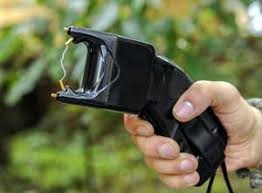Throughout the New York criminal trial process, it is not uncommon for comments or evidence to come into the trial that could prejudice either side. Courts take precautions to instruct attorneys and witnesses not to say certain things, and to avoid particular topics. However, the jury will inevitably be exposed to comments or evidence that it should not have seen or heard. When this happens, it may result in a mistrial. However, courts are reluctant to declare a mistrial unless absolutely necessary and, in many cases, will provide the jury with a “curative instruction” instead.
Recently, a state appellate court issued an opinion in a New York assault case discussing whether a juror’s comments during the trial necessitated a mistrial. Ultimately, the appellate court held that the trial court’s curative instruction was sufficient to cure any prejudice to the defense.
The Facts of the Case
According to the court’s opinion, the defendant was on trial for second-degree assault. Two other men were also on trial for the same crime. During the trial, in an attempt to goad the complaining witness, one of the defendants’ attorneys repeatedly asked the complaining witness whether he referred to the defendant by a racial slur. The defense attorney used the actual word, rather than self-editing. After repeating the word multiple times, one of the jurors stood up and exclaimed, “Please, I am not going to sit here . . . and have you say that again. Don’t say it again or I’m leaving. . . . I find that very offensive.”
 New York Criminal Attorney Blog
New York Criminal Attorney Blog


